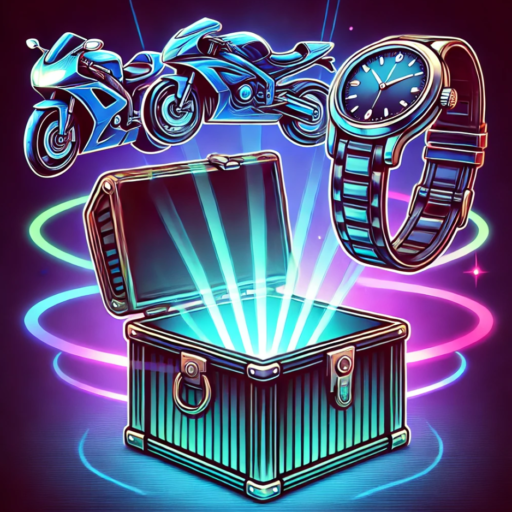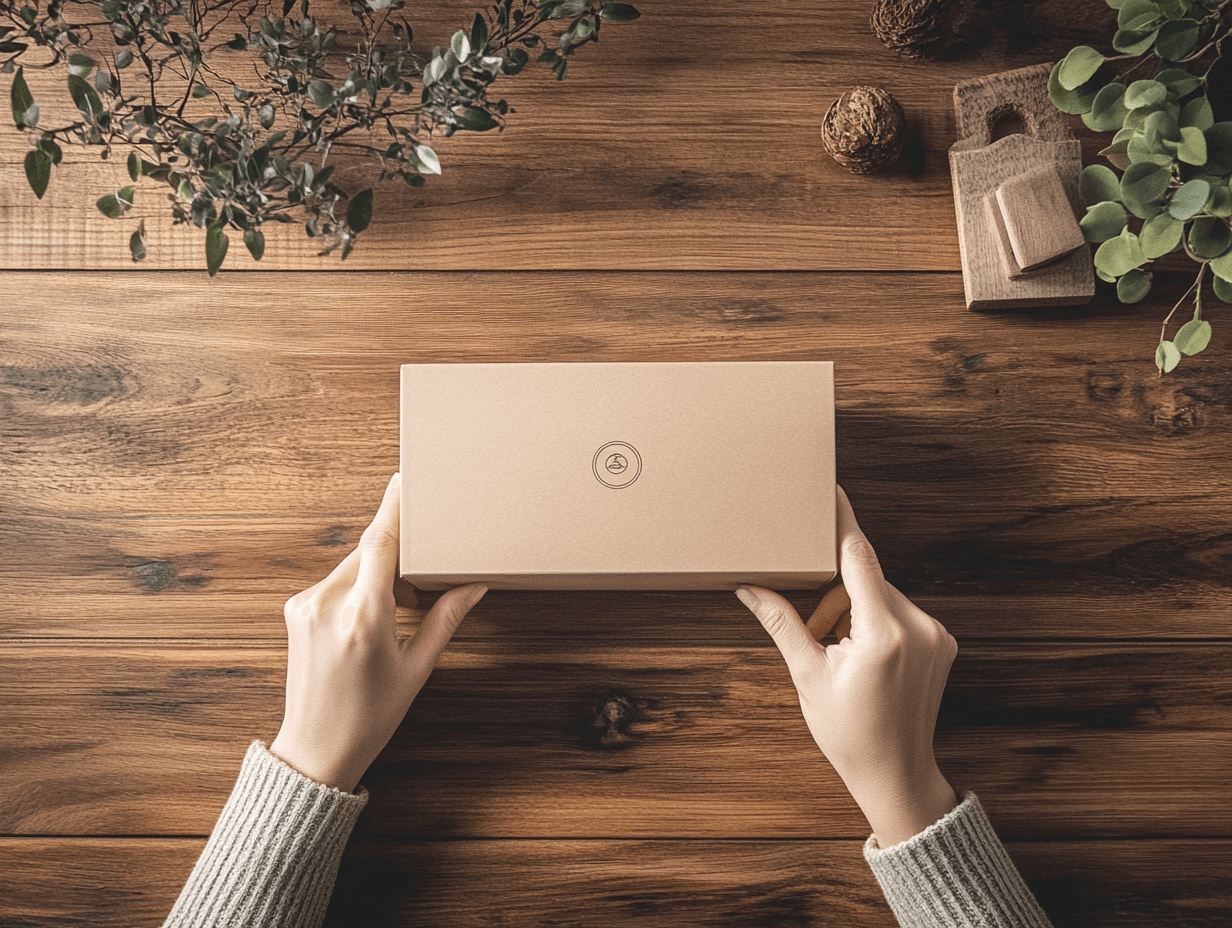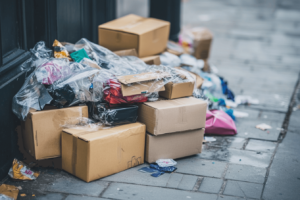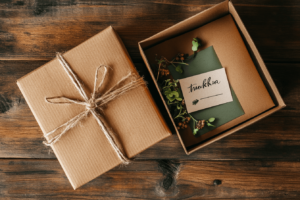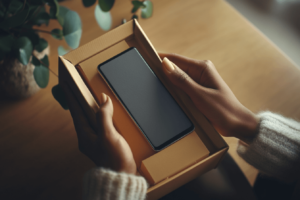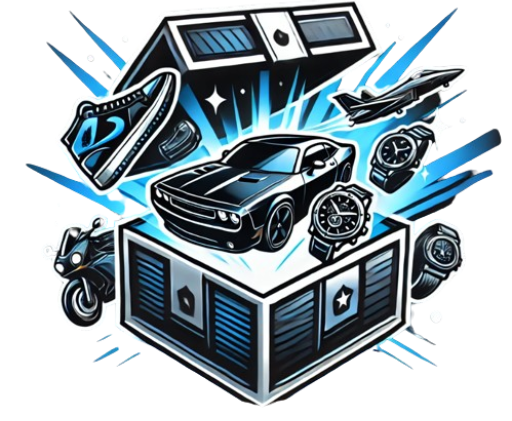The evolution of packaging design
Packaging design has evolved significantly over the years. Initially focused on functionality, it has now become a key element of brand identity and consumer engagement. Companies are investing in innovative packaging solutions to enhance customer experience and strengthen brand loyalty.
From practicality to experience-driven design
Packaging was once purely functional, designed only to protect products during transport and storage. Over time, brands realized that packaging could serve as a marketing tool, influencing consumer perception and purchase decisions. Today, packaging is more than just a container; it is a crucial part of the overall brand experience, often designed to evoke emotions and create memorable interactions with customers.
The rise of unboxing culture
With the rise of social media and video-sharing platforms, unboxing has become a cultural phenomenon. Consumers now share their unboxing experiences online, turning packaging into a key aspect of digital marketing. A well-designed unboxing experience can generate organic word-of-mouth promotion and foster brand loyalty, making it a critical component of modern packaging strategies.

Key innovations in packaging design
Brands are continuously exploring new ways to make their packaging stand out. Innovations in materials, interactivity, and customization have transformed the way consumers perceive and interact with products.
Sustainable and eco-friendly materials
Sustainability is a major concern for both consumers and brands. Many companies are shifting towards eco-friendly materials such as biodegradable plastics, recycled paper, and compostable packaging. These innovations not only reduce environmental impact but also enhance a brand’s reputation by demonstrating a commitment to sustainability.
Interactive and smart packaging
Advancements in technology have introduced interactive packaging solutions, such as qr codes, augmented reality, and near-field communication (nfc) chips. These features allow customers to engage with the brand beyond the physical product, offering immersive experiences such as virtual tutorials, storytelling, or digital loyalty programs.
Customization and personalization
Personalized packaging creates a deeper emotional connection with consumers. Brands are leveraging variable printing technologies to offer unique designs, custom messages, and even personalized names on their packaging. This trend has proven to enhance customer engagement and encourage repeat purchases.
The psychology behind unboxing
Unboxing is more than just opening a package it triggers emotional responses that impact consumer satisfaction and brand perception. Understanding the psychological aspects behind unboxing can help brands create more impactful experiences.
The role of anticipation and surprise
Psychological studies have shown that anticipation plays a significant role in consumer satisfaction. A well-designed unboxing experience builds excitement and creates a sense of reward when opening a package. Elements such as layered wrapping, hidden compartments, and premium textures enhance this effect, making the experience more enjoyable.
How packaging enhances brand perception
Packaging serves as the first tangible interaction between a brand and a customer. High-quality materials, innovative designs, and thoughtful details signal value and professionalism. A positive unboxing experience can strengthen brand perception, increasing the likelihood of customer retention and positive reviews.
Case studies of successful packaging innovations
Several brands have successfully leveraged packaging innovations to enhance their customer experience and strengthen brand identity. From luxury goods to subscription services, packaging plays a vital role in consumer engagement.
Luxury brands elevating the unboxing experience
Luxury brands invest heavily in high-end packaging to reinforce exclusivity and quality. For example, apple’s minimalist and precise packaging design reflects its brand identity of simplicity and innovation. Similarly, high-fashion brands use premium materials and intricate designs to enhance the unboxing ritual, making customers feel special.
Tech and subscription boxes setting new standards
Technology companies and subscription box services have mastered the art of unboxing experiences. Companies like samsung and google focus on sleek, well-organized packaging that enhances user experience. Subscription services, such as birchbox and fabfitfun, use creative packaging to make each delivery feel like a gift, increasing customer excitement and retention.
Small businesses leveraging creative packaging
Independent brands and small businesses are using packaging to differentiate themselves in competitive markets. Handmade, custom-designed packaging creates a personal touch that resonates with customers. Many small businesses also incorporate sustainability into their packaging to align with eco-conscious consumers, adding value to their brand proposition.
The future of unboxing experiences
As technology and consumer expectations continue to evolve, packaging design is poised for further transformation. Brands must stay ahead of emerging trends to remain competitive in the market.
Emerging technologies in packaging
The future of packaging design is set to be shaped by technological advancements. Innovations such as 3d printing, smart labels, and ai-driven customization will redefine how consumers interact with packaging. These technologies will not only improve efficiency but also provide new opportunities for personalized and interactive experiences.
Trends shaping the next generation of design
Minimalism, sustainability, and digital integration are expected to drive the next wave of packaging innovation. Brands will continue to experiment with biodegradable materials, reusable packaging concepts, and digital elements that enhance storytelling. As consumer expectations evolve, companies that prioritize both functionality and experience in their packaging will stand out in an increasingly competitive market.
